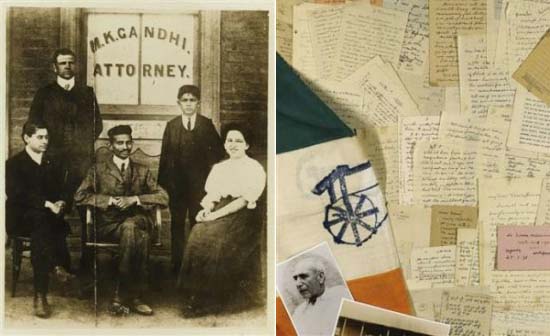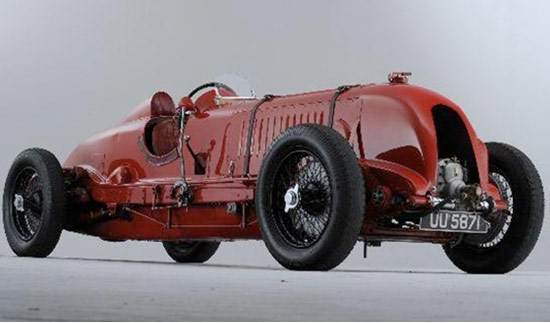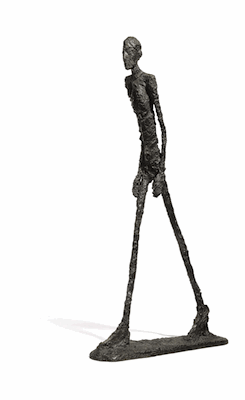The collectors’ appetite for the memorabilia of the Mahatma Gandhi, a freedom fighter, a prime apostle of ‘non-violence’ as a way to achieve social and political goals, duly revered as the Father of Nation in India and looked upon as saint, has shown very few signs of abating over time. Earlier, the Indian billionaire, liquor tycoon Vijay Mallya, splashed out a total of $1.8 million at an auction in New York to bring back the rare Mahatma Gandhi’s memorabilia to his country. And, in one of the weirdest memorabilia sales in the recent years, Mahatma Gandhi’s blood-stained glasses and a small lump of soil from the historic scene where this famous and revered leader of India’s Independence movement got assassinated in 1948. Now, a huge a huge archive of letters, papers and photographs shedding all of a new light on the historic life of independence icon Mahatma Gandhi, will be auctioned off in Britain next month, and is expected to fetch a total of $800,000 to $1.1 million at the Sotheby’s English Literature and History sale.
Numbering several thousands, the documents arranged in 18 files, actually belonged to Hermann Kallenbach, a German Jewish architect and body builder, who became arguably Gandhi’s closest friend after they first met in Johannesburg in year 1904. Among the numerous items on sale, 2887 are the photos featuring the two men and a small number of previously unpublished letters exchanged between them.
And, most of the correspondence, which notably spans four decades from year 1905 to 1945, is from family, friends and followers of Gandhi, but there are Kallenbach’s 13 letters written to his friend Gandhi.
Sotheby’s deputy director and specialist of books and manuscripts, Gabriel Heaton stated that this extraordinarily rich archive is truly a testament to Kallenbach’s significance in Gandhi’s life, that too as a key member of his inner circle. The items on sale are richly informative of the friendship between the two, making it a key biographical source for Mahatma Gandhi. Further, many of the letters refer to the importance of this relationship and how Kallenbach was able to support Gandhi in a way few others could.











